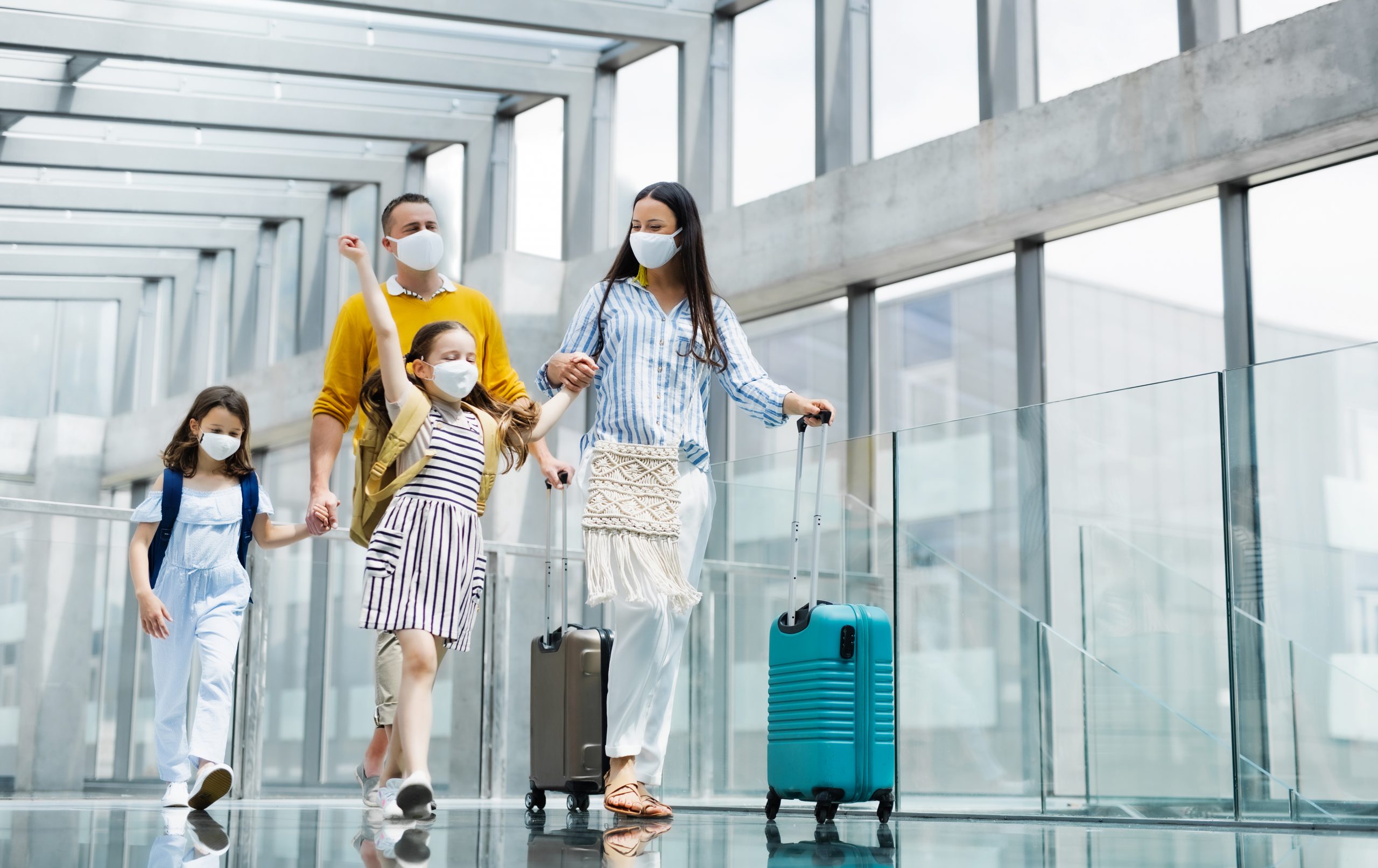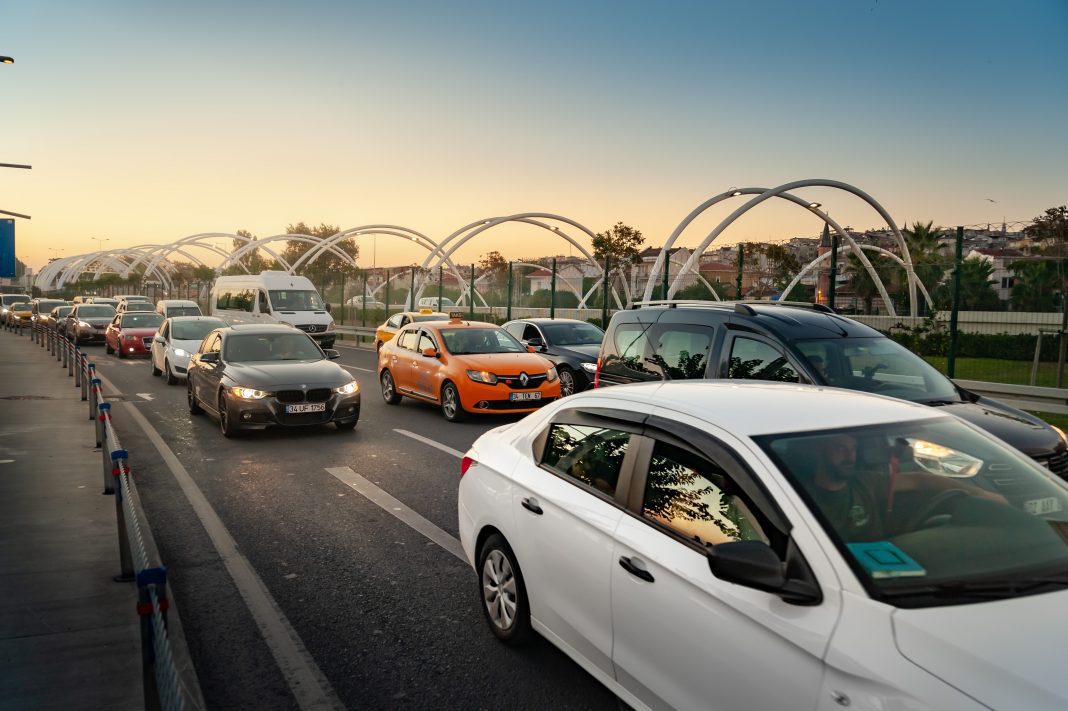Normal driving habits and commuting have not yet returned to pre-pandemic levels. According to the Hankook Tire Gauge Index from September 2021, just 36% of Americans are driving daily compared with 48% just five months earlier. Before COVID-19, 61% of drivers were on the road every day. But those statistics are not representative of holiday travel in the US.
More than half of Americans, 53% to be exact, will travel this holiday season. Nearly seven of every eight travelers will be traveling more than 100 miles from home, and 70% of travelers will drive. That’s according to survey information from Hankook between November 10 and November 12. Of those travelers, more than one-third will be heading out onto the highway on Turkey Day itself, almost 50% more than travelers who plan to leave a day early.
Travel by car is by a huge margin the preferred method of travel for the holidays once again. Of those traveling long distances for the holidays, car travel is more comfortable than air travel by nearly a three-to-one ratio.
Why travelers are keen to drive
It’s still the pandemic’s effects that largely influence the shift toward greater traffic volume than airports. 31% of those surveyed choose to drive for “overall health and safety” reasons while 37% said the proximity to their destination was a reason, they will get behind the wheel rather than board a jet.
 But the cost of air travel is the most prevalent deterrent this holiday season. Although flying has returned in popularity as select borders open around the world, the cost of flying has generally increased. Domestic airfare is expected to be around 23% higher over the Thanksgiving break compared with 2020 values. And those looking forward to Christmas travel will be in for sticker shock. Hopper is predicting a 71% increase over last year’s Christmas holiday ticket prices.
But the cost of air travel is the most prevalent deterrent this holiday season. Although flying has returned in popularity as select borders open around the world, the cost of flying has generally increased. Domestic airfare is expected to be around 23% higher over the Thanksgiving break compared with 2020 values. And those looking forward to Christmas travel will be in for sticker shock. Hopper is predicting a 71% increase over last year’s Christmas holiday ticket prices.
Prices have climbed substantially as airlines aim to recuperate from devastating pandemic droughts. The highest fuel prices in 18 months are also forcing airlines to pass along costs to passengers. It’s the same effect felt by drivers at the pumps with average prices more than a dollar higher than a year ago.
Petroleum analyst at GasBuddy, Patrick de Haan, said, “We can thank just about everything that we’re seeing now on the fact that COVID stifled consumer demand long enough that it caused prices to collapse, which caused production to collapse.”
What does it mean for dealers?
In the immediate term, increased traffic on the roads for the Thanksgiving holiday will mean little for dealerships other than a spike in last-minute oil changes and inspections. However, road travel trends continue to be the norm rather than air travel, and that can be great long-term news for service and parts departments, and even the sales floor.
| Related: Five ways car dealers can prioritize safety for employees and customers |
Pre-holiday inspections should be part of a marketing campaign regionally. Dealerships can serve their current customers well by encouraging proper maintenance before they drive to see friends and family. And of course, opportunities for tire sales are always present with 12% of tires underinflated and as many as 10% of cars riding on at least one bald tire.
It’s an opportunity to sell service or potentially replace a driver’s vehicle before they travel. More importantly, it’s a chance for dealers to demonstrate customer care by encouraging vehicle safety.
Did you enjoy this article from Jason Unrau? Read other articles on CBT News here. Please share your thoughts, comments, or questions regarding this topic by submitting a letter to the editor here, or connect with us at newsroom@cbtnews.com.
Be sure to follow us on Facebook and Twitter to stay up to date or catch-up on all of our podcasts on demand.
While you’re here, don’t forget to subscribe to our email newsletter for all the latest auto industry news from CBT News.










